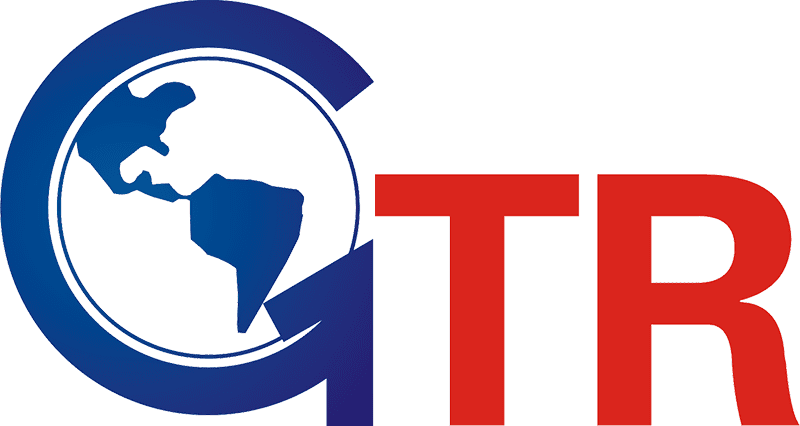An electric motor is a kind of electrical equipment that converts electrical energy into mechanical energy. Most electric motors operate through the interaction between the motor’s magnetic field and electric current in a wire winding to generate force in the form of torque applied on the motor shaft. Electric motors can be divided into DC electric motors and AC electric motors by different kinds of electrical energy used.
AC motors can further be divided into synchronous motors and asynchronous motors by different working principles, and single-phase motors and three-phase motors by the number of phases of power supply. Here Gator explains the structure of 3-phase asynchronous electric motor stator and rotor.
Structure of the stator
Stator, the static part of the electric motor, mainly consists of the stator core, stator winding, and stator base, etc.
l Stator core
The stator core serves as a part of the motor’s magnetic circuit, and the stator winding is placed on it. The stator core is generally laminated with 0.35~0.5mm thick silicon steel sheets with insulating paint on the surface.
l Stator winding
The stator winding is the circuit part of the electric motor, and its main function is to pass current and generate an induced electric potential to realize the conversion of electromechanical energy.
The stator winding of small-sized asynchronous motor is usually made of high-strength enameled wire (copper or aluminum wire) and then embedded in the stator core slot. The stator winding of large and medium-sized motors receives insulation treatment using copper strips of various specifications, and then is embedded in the stator core slot.
In order to ensure the reliable insulation between each conductive part of the winding and the core as well as the reliable insulation between the winding itself, a number of insulation measures are taken in the manufacturing process of the stator winding.
According to Gator, a China satisfactory rotor factory, there are three major insulation items of the stator winding of 3-phase asynchronous electric motor: (1) Ground insulation: insulation between the stator winding and the stator core; (2) Inter-phase insulation: insulation between stator windings of each phase; (3) Turn-to-turn insulation: insulation between the turns of each stator winding in each phase.
l Stator base
Generally made of iron or aluminum casting, the stator base mainly performs the following functions: (1) fix the stator core and stator winding; (2) support the rotor with two end caps; (3) protect the electromagnetic part of the whole motor; and (4) disperse the heat generated during the operation of the motor.
Structure of the rotor
The rotor is the rotating part of the motor, including the rotor core, the rotor winding and the rotating shaft.
l Rotor core
The rotor core a part of the magnetic circuit of the motor and the rotor winding is placed on it. The rotor core is generally made of 0.5mm thick silicon steel sheets.
l Rotor winding
Acting as a cutting stator magnetic field, the rotor winding generates induced electric potential and current, and rotates the rotor by force under the action of rotating magnetic field. According to the construction, it can be divided into squirrel cage rotor and wound rotor.
l Rotating shaft
Usually made of medium carbon steel or alloy steel, the rotating shaft is used to transmit torque and support the weight of the rotor.
There are other accessories such as end caps and fans besides electric motor stator and rotor.
Post time: Jul-13-2022

